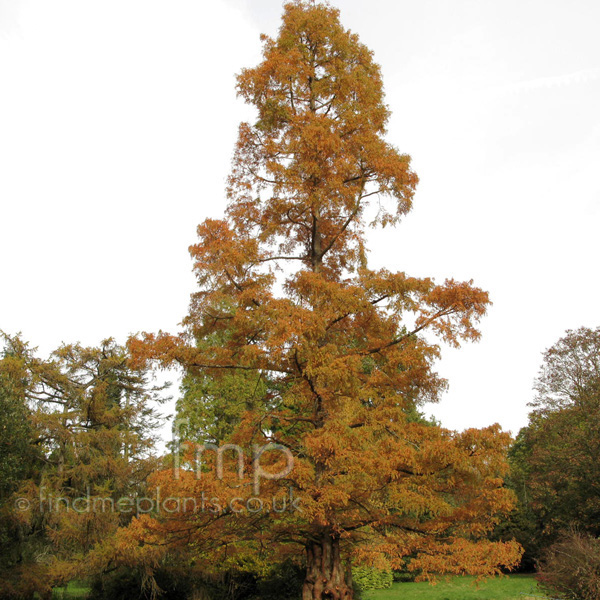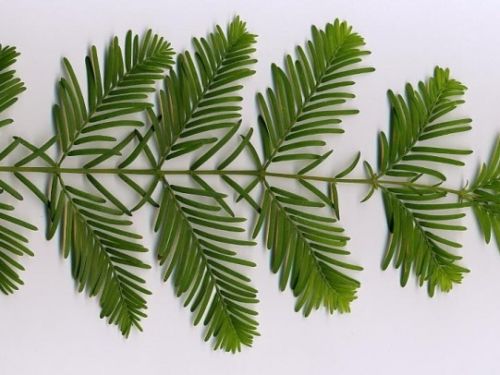

The branches are also usually quite flexible, which also helps shed heavy snowfall. For starters, they are cone shaped, which helps distribute the weight of snow that accumulates on their branches. Likewise, trees that live in areas with heavy snowfall have to have adaptations to frozen water vapor pelting down from above for months at a time in already cold and difficult conditions.Ĭonifers as a group have some general characteristics to survive wintry conditions. When the environment gets rough, trees can’t just uproot and amble over to a different spot. (Their designs are based on a Humbolt flying squirrel and a wandering salamander). One of the hosts suggested this would be an excellent setting for a “Redwall” style adventure, and then these happened.

These arboreal soil mats support communities of fungi species, ferns, and even other trees.Īnyways getting to the point here. The redwood branches catch the falling tree debris, which eventually breaks down into these spongy soil mats (with the help of your friendly neighborhood fungal associates and other decomposers). There’s even plant life in there that grows out of the these nutrient rich soil mats in the branches. They literally just exist in what is essentially a permanent treehouse ecosystem. To the point that the redwood canopy is its own ecosystem that consists of species that have lived up there for their entire lives. They are one of most resilient and durable trees out there (they survive fires like nobody’s business and will resprout or grow from like…a literal stump).Īnd they get TALL.

These trees, along with the Dawn redwood, are all related and are all super cool, but Coastal redwoods have a special place for me cause they are an absolute badass of a tree.Ĭoastal redwoods are incredible. Recently, they did back-to-back episodes about two of my favorite tree species: the Giant sequoia and the Coastal redwoods. Okay so I listen to a podcast called Completely Arbortrary, where the hosts pick a different tree to talk about every week (they could not have made a podcast more up my alley if they tried). Dawn redwoods are sometimes planted as street trees or in parks and gardens (be warned though just because they don’t grow to the size of their relatives doesn’t mean this tree doesn’t get pretty massive)ĭawn redwood redwoods trees forestry plant ecology ecology extinction except not newtsdoodles memes back at it again with another nature meme cultural osmosis is so funny I’ve never seen this show but I know the exact context of this meme dawn redwood: small but mighty I mean comparatively speaking cause the other types of redwoods are like INSANELY BIG.I am a sucker for deciduous conifers because THE COLORS. They are a deciduous conifer, meaning they lose their leaves autumn and go dormant in the winter.They prefer wet habitats, but can tolerate dryer soils.Dawn redwoods are relatively fast growing trees.They have the potential to grow bigger than that, with some individuals reaching up to 60 m/200 ft tall. They are the smallest of the three redwoods they typically grow between 40-50 m/50-60 ft tall with a trunk about 2m/7 ft in diameter.Here’s a few more cool facts about Dawn redwoods: Just tucked away to a fraction of its former range. Later, an expedition was funded to collect some samples and turns out there were thousands of these trees growing in the lowlands of southern China (the local villagers certainly knew about the existence of this tree and had uses the foliage and wood). However, in 1944, a Chinese forester found a huge dawn redwood growing in the Sichuan region of China. In the modern day, metasequoia would repeatedly show up in the fossil record, giving the impression that the dawn redwood was extinct (at least to western science, which granted isn’t exactly a great metric for what flora and fauna exist). Huge forests of mostly metasequoia spanned continents in this time period. Later, during the Paleocene and Eocene epoch (about 66 million - 33.9 million years ago), dawn redwoods were one of the most widespread trees in the northern hemisphere. Sequoioideae, or the redwoods, also include the giant sequoia (Sequoiadendron) and the coastal redwood (Sequoia), both of which are known for being really freakin big, even by tree standards.Ĭypresses are one of the most ancient lineages of tree Sequoioideae specifically start showing up in the fossil record around the late Triassic or Jurassic period. Dawn redwood (Metasequoia glyptostroboides)ĭawn redwoods are a part of a subfamily of conifers called Sequoioideae, which is in the cypress family.


 0 kommentar(er)
0 kommentar(er)
